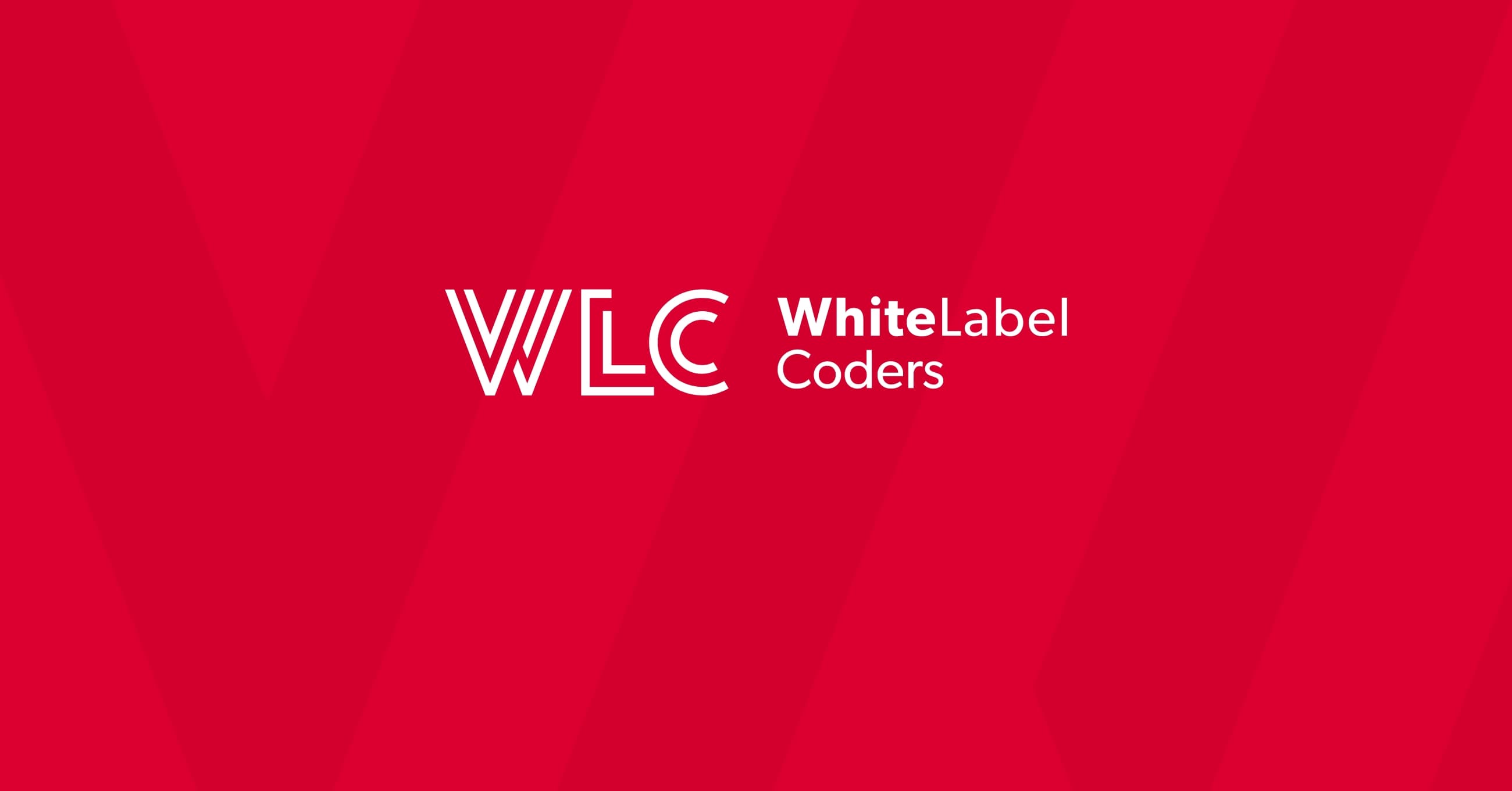Category: SEO AI
Why do I need IT for every new comparison page?

If you’re running a trading affiliate site, you’ve probably wondered why launching a simple broker comparison page requires a developer ticket. Traditional WordPress setups create IT dependency because they lack purpose-built components for complex data structures, real-time integrations, and consistent multi-page updates. Modern WordPress development workflows using custom Gutenberg blocks and centralised data systems eliminate this bottleneck, letting content teams build and maintain comparison pages independently whilst ensuring accuracy and performance.
Why does every comparison page need developer involvement in traditional WordPress setups?
Traditional WordPress themes weren’t designed for the specialised needs of comparison sites. Creating broker comparison pages requires custom database queries, manual template modifications, and developer-level PHP knowledge to build fee tables, rating systems, and filtering functionality. Most legacy WordPress architectures store broker data across multiple posts or pages, making updates scattered and time-consuming.
The problem gets worse when you need consistency. Each new comparison page often means copying and modifying template files, adjusting custom fields, and ensuring data displays correctly across different layouts. Without trading-specific components built into your WordPress content management system, developers must code each comparison element from scratch or wrestle with page builders that weren’t designed for dynamic financial data.
This creates a frustrating workflow where marketing teams draft comparison ideas, submit developer tickets, wait for implementation, review the result, request changes, and wait again. A simple update to spread information or promotional terms might take days instead of minutes. The WordPress IT dependency becomes a genuine business constraint, slowing your ability to respond to market changes and new broker offers.
What makes comparison pages more complex than regular content pages?
Comparison pages aren’t just articles with text and images. They require dynamic data tables that sort and filter, real-time API connections for current trading conditions, structured schema markup so Google understands your financial product information, and conditional logic that shows or hides broker features based on user location or preferences. Standard WordPress editors simply weren’t built for this level of complexity.
Think about what a proper broker comparison needs: live spread data, accurate fee calculations, regulatory status indicators, promotion expiry dates, and rating systems that aggregate multiple criteria. Each element must stay synchronised across dozens of pages. When one broker changes their minimum deposit, that information needs updating everywhere it appears, not just on a single page.
Page builders like Elementor or Visual Composer help with design, but they struggle with data consistency and performance when you’re managing hundreds of broker data points. They create bloated code that hurts your Core Web Vitals scores, and they still require developer intervention for anything beyond basic layouts. Trading affiliate websites need purpose-built solutions that understand the unique requirements of comparison page creation.
How do custom Gutenberg blocks eliminate IT dependency for comparison pages?
A well-designed Gutenberg block library provides pre-configured, reusable components specifically for trading comparisons. Instead of coding tables from scratch, content teams simply insert a “Broker Comparison Block” or “Fee Table Block,” configure the data fields through an intuitive interface, and publish. The blocks maintain consistent styling, proper schema markup, and optimal performance automatically.
These trading-specific blocks might include broker card components showing ratings and key features, dynamic spread tables that update from your central database, comparison matrices that let users filter by regulation or platform type, and review layout blocks with standardised rating displays. Each block connects to your centralised data source, so updates propagate automatically without touching individual pages.
The drag-and-drop nature of Gutenberg means your content team can experiment with different comparison layouts, rearrange sections, and adjust presentations without writing a single line of code. The blocks enforce data consistency and design standards whilst giving non-technical users complete creative control. This approach transforms WordPress automation from a developer bottleneck into a marketing enabler.
What is a Trading Data Center and how does it centralise comparison data?
A Trading Data Center is a centralised database architecture that serves as your single source of truth for all broker information, trading conditions, fees, promotions, and regulatory details. Rather than storing broker data within individual page content, this system separates content from presentation, allowing any page or widget to pull current information from the central repository.
When you update a broker’s spread in the Data Center, that change instantly reflects across every comparison page, review article, widget, and landing page that displays that information. You’re not hunting through dozens of pages making manual edits and hoping you didn’t miss one. The centralised approach eliminates data inconsistencies and dramatically reduces the time spent on routine updates.
This architecture also enables sophisticated functionality like automatic promotion expiry, regulatory status tracking, and historical data comparisons. Your content team interacts with a clean admin interface where they update broker profiles, trading conditions, and promotional offers in one place. The WordPress development workflow becomes streamlined because data management is separated from page creation, reducing complexity and eliminating the need for developer intervention on routine updates.
How does Full Site Editing change the workflow for creating comparison pages?
Full Site Editing (FSE) represents a fundamental shift in how WordPress handles design and layout. Marketing and content teams can now create entire page templates, design systems, and layout structures without backend development knowledge. FSE uses template parts, block patterns, and global styles that ensure brand consistency whilst giving non-technical users unprecedented creative control.
Instead of requesting developer help to create a new comparison page layout, your content manager simply selects a pre-built template pattern, customises it using Gutenberg blocks, and saves it as a reusable template. Changes to global styles update across all pages automatically, maintaining visual consistency without manual updates or developer tickets.
This capability is particularly valuable for trading affiliates who need to launch campaigns quickly. When a new broker launches or a competitor changes their offering, you can create targeted comparison pages within minutes rather than days. FSE combined with custom WordPress blocks creates a powerful system where your content team operates independently, freeing developers to focus on integrations, performance optimisation, and genuinely complex technical challenges rather than routine page creation.
What role do API integrations play in automating comparison page updates?
Real-time API integrations connect your WordPress site directly to broker APIs, price feeds, regulatory databases, and promotion systems. This automated data synchronisation eliminates manual updates entirely for dynamic information like current spreads, live account offers, and regulatory status changes. Your comparison pages display accurate, current information without anyone touching the admin panel.
When a broker adjusts their EUR/USD spread or launches a new promotion, the API integration captures that change and updates your Trading Data Center automatically. Because your comparison pages pull from this central source, the new information appears everywhere immediately. This approach reduces human error, ensures data accuracy, and dramatically decreases the workload on your content team.
API integrations also enable advanced functionality like live pricing widgets, real-time account comparison calculators, and automated compliance checks against regulatory databases. The technical implementation requires developer expertise initially, but once established, these integrations run automatically. Your content team benefits from always-current data without needing to understand the technical complexity behind the scenes.
How can content teams maintain comparison pages without technical knowledge?
Empowering content teams starts with intuitive admin interfaces designed for their specific workflow. Rather than confronting complex custom fields and database structures, content managers interact with clear, purpose-built dashboards where they update broker profiles, adjust comparison parameters, and publish new pages using familiar drag-and-drop tools. The underlying complexity is hidden behind user-friendly interfaces.
Proper user permission structures ensure content teams can create and edit comparison pages whilst protecting critical system settings and data structures. Content managers don’t need access to theme files or plugin settings, they work within a controlled environment where they can’t accidentally break functionality. This separation of concerns provides creative freedom within safe boundaries.
Training approaches should focus on workflow and outcomes rather than technical details. Show your content team how to accomplish their goals (create a broker comparison, update fee tables, publish a new review) using the custom blocks and templates you’ve built. Quality control mechanisms like content checklists, preview modes, and automated validation help maintain standards without requiring technical knowledge. When the WordPress content management system is properly configured, maintaining comparison pages becomes as straightforward as writing a blog post, just with more sophisticated components at your fingertips.
Breaking free from WordPress IT dependency isn’t about eliminating developers, it’s about using their expertise strategically. By implementing custom Gutenberg blocks, centralised data architectures, and Full Site Editing capabilities, you create a system where developers build the infrastructure once and content teams operate independently afterwards. This approach accelerates your comparison page creation, improves data accuracy, and lets your team respond to market opportunities the moment they emerge rather than waiting in a development queue.

